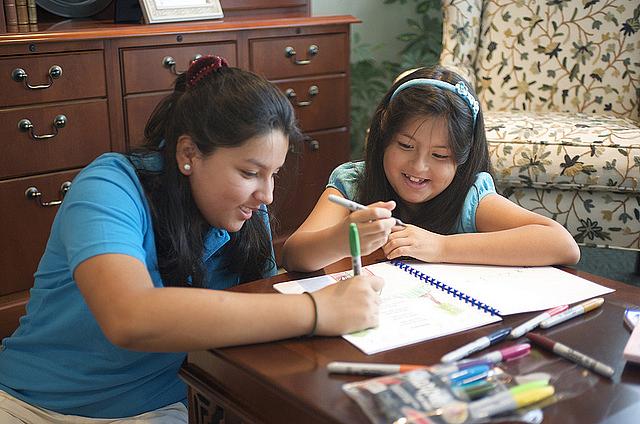What kind of impact is the migrant education program having in California?

A fact of life for 200,000 mostly Hispanic children in California, migrant education is a federally funded program that responds to the health and educational needs of these children. Nearly all of them are poor, English language learners who attend classes that run from April to October. They are prone to dropping out, with many of them living in substandard housing, in areas with high pollution and asthma rates, such as California's Central and Imperial valleys — when they are not living in another state, Mexico, or elsewhere in Central America.
In a series of stories over several months, my project will explain and explore what this federal program is and whether or not it meets the needs of this specific population in California in the era of Common Core and the Digital Classroom. The project also will explore how federal policies and money affect health and educational outcomes for these vulnerable children, the schools they attend, and the lives they lead.
Created by a law first passed in 1965 when Lyndon Johnson was president, the migrant education program is in addition to the supplemental services these students already receive through schools districts, many of them serving rural areas, such as the Dixon and Vacaville school districts, which I cover for The Reporter newspaper in Vacaville. In those districts, several hundred preschool and K-12 students across nearly 20 campuses are enrolled in migrant education.
My goal is not only to update readers about a pair of stories already written about migrant education but also to expand my coverage in greater detail, particularly emphasizing the program’s impact on local and nearby communities, such as Winters in Yolo County.
Migrant Ed, as it’s called for short, could benefit from greater public awareness. Children in the program are the sons and daughters of migrant farmworkers, men and women who till, plant and tend the Golden State’s vast agricultural lands and work its mammoth cattle, dairy and poultry ranches, typically at minimum wage. They help bring food to our tables.
My plan is to write a series of stories that cover several different aspects of migrant education in eastern Solano County and nearby regions. But first, it will be necessary to define just what migrant education is, and the types of projects it supports. It includes health services, education and support services, remedial instruction, bilingual and multicultural instruction. I also want to further explore the program’s goals (graduating as many students as possible with a diploma or GED) and its methods of accountability (standardized test results in reading, language arts and math).
In my reporting, I hope to report on how many migrant students graduate or are promoted to the next grade level. At the same time, I will seek to understand and explain the role of nongovernmental agencies, health maintenance organizations and free clinics, and nonprofits in improving health and educational outcomes for migrant students. Those groups include Kaiser Permanente, the Solano County Department of Health, the Interstate Migrant Education Council, and the National Association of State Directors of Migrant Education.
I will also explore the special leadership initiatives in the federal and state offices of migrant education, which seek to improve the educational outcomes of migrant children. They include 1) the Binational Migrant Initiative; 2) comprehensive needs assessment; 3) identification and recruitment; 4) student records exchange; 5) and secondary students.
My project will have multimedia components, including photos and videos posted to The Reporter’s web page and several other Internet sites, and to social media, such as Twitter and Facebook. At the same time, I will seek out local service organizations (Kiwanis and Soroptimists, for example) to make computer-aided slide presentations and field questions about the migrant education program.
[Photo by U.S. Dept. of Education via Flickr.]

